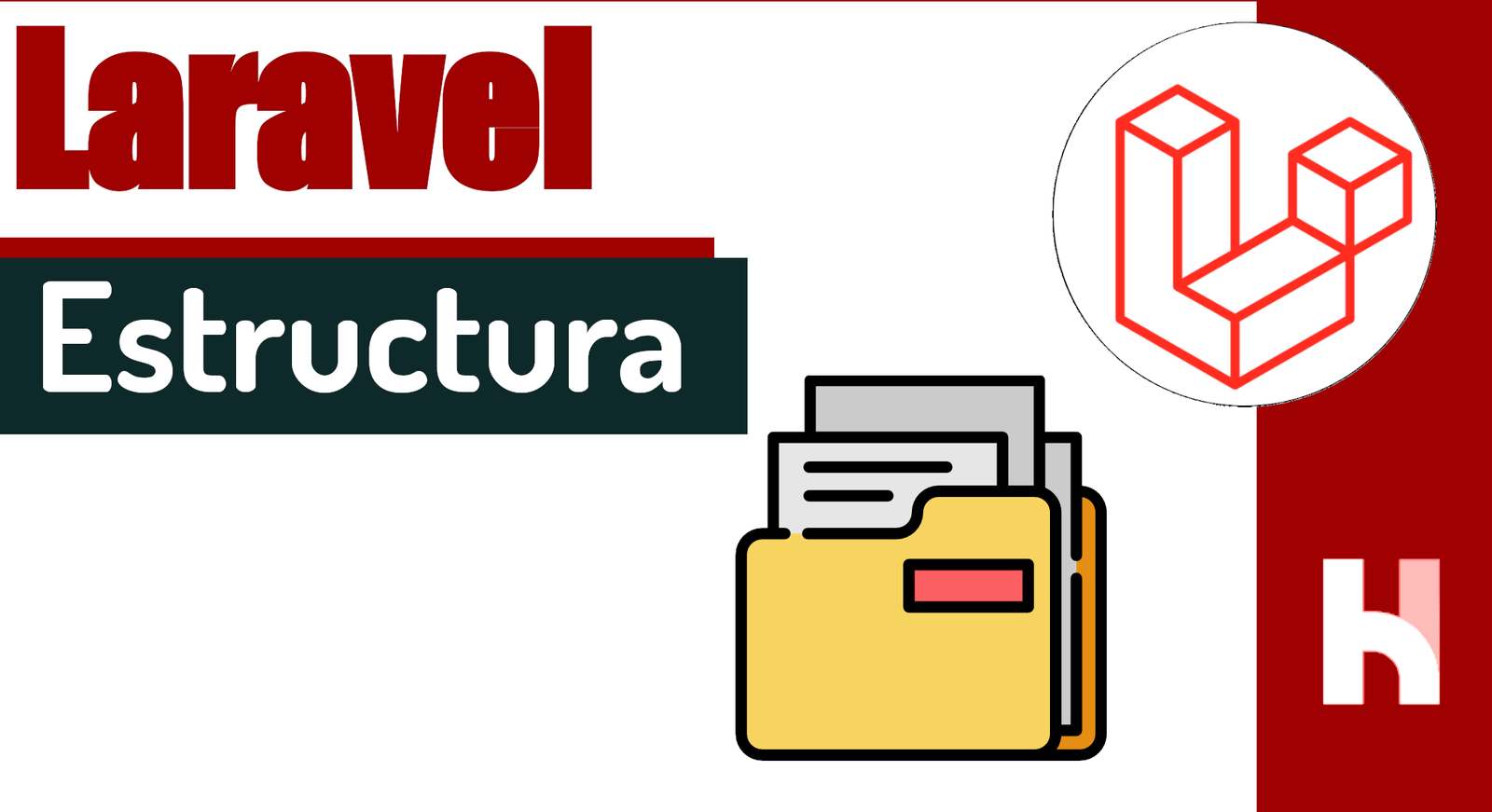Folder and file structure in Laravel
Content Index
A Laravel project can be very changeable, and we're not just referring to environments like Laravel Sail; a project in Laravel can be very changeable; Depending on the configuration you make, as well as the packages you install, you may have more folders and files; starting with version 11 of Laravel, we have some important changes that we must take into account; let's look at the main folders and files of a project in Laravel:
The app folder
The app folder contains the core code of the application. This is the central folder of the project where we will spend most of our time; in this file are almost all the classes of the application.
The bootstrap folder
The Bootstrap folder contains the app.php file that bootstraps the framework; the first file that is executed is the public/index.php file which finally loads the mentioned app.js file. This folder also has a cache folder that contains files generated by the performance optimization framework, such as route and service cache files. Usually no changes are needed here.
The config folder
The config folder, as its name implies, contains all of your application’s configuration files; database, cors, jetstream, app and many more.
The database folder
The config folder, as its name implies, contains all of your application’s configuration files; database, cors, jetstream, app and many more.
The lang folder
The lang folder houses all the language files; by default, it is not included in Laravel 11; you can publish the folder in case you need to use multiple languages in your application with:
$ php artisan lang:publishThe public folder
The public folder contains the index.php file, which is the entry point for all requests coming into your app and configures autoloading. This folder also have files that can be handled by the browser such as images, JavaScript, and CSS.
The resource folder
The resources folder contains your views, as well as your raw assets, such as CSS or JavaScript.
The routes folder
The routes folder contains all the route definitions for your application. By default, several route files are included with Laravel: web.php, api.php, console.php and channels.php.
- The web.php file contains routes that are used to drive the web application; that is, the one consumed by the browser; these routes are configured to provide session state, CSRF protection, and cookie encryption.
- The channels.php file is where you can register all the event streaming channels your application supports.
Starting in Laravel 11, to publish the following files that were marked as optional:
- The api.php file contains the routes for the creation of a Rest Api; these routes are designed to be stateless, so requests entering the application through these routes must be authenticated using tokens and will not have access to session state.
- The console.php file is where you can define all of your artisan commands.
We must execute the artisan commands:
$ php artisan install:apiAnd
$ php artisan install:broadcasting Respectively.
Generating the routes for the API will cause Laravel Sanctum to be installed, which we will talk about in another chapter:
./composer.json has been updated
Running composer update laravel/sanctum
Loading composer repositories with package information
Updating dependencies
Lock file operations: 1 install, 0 updates, 0 removals
- Locking laravel/sanctum (v4.X)
Writing lock file
Installing dependencies from lock file (including require-dev)
Package operations: 1 install, 0 updates, 0 removals
- Downloading laravel/sanctum (v4.X)
- Installing laravel/sanctum (v4.X): Extracting archive
The storage folder
The storage folder contains your logs, compiled Blade templates, sessions files, caches, and other files generated by the framework; this folder can be used to store any files generated by your application.
The test folder
The test folder contains your automated tests; that is, the PHPUnit unit tests.
The vendor folder
vendor folder contains your Composer dependencies.
The app folder
Most of the application is located in the app folder, which as we mentioned before, is where we will spend most of our time; most of the classes are in this folder and we can define files with configurations for different purposes.
In this folder, other folders are located; We will explain the main ones:
The Http folder
The Http folder contains your controllers, middleware, and form requests.
The Models folder
The Models folder contains all the Eloquent model classes. Each database table has a corresponding ”Model” that is used to interact with that table. Models allow you to query data in your tables, as well as insert, update, and delete records in the table.
The next thing you need to learn is how to use routes in Laravel.
I agree to receive announcements of interest about this Blog.
We will talk about the structure of folders and files in Laravel, generally explaining what each file and folder is for.

